How Do I Know When I Need A Roof Replacement?
It’s difficult to overestimate the value of a good, dependable roof – it protects you from rain and snow, keeps you warm at night, and keeps you and your loved ones safe from the outside world. This is why it’s critical to keep an eye on your roof and examine it on a regular basis for symptoms of deterioration. If you detect any of the following roof warning signs and respond quickly, you may be able to prevent more costly repairs in the future.
Occasionally, a roof will naturally approach the end of its useful life without causing a roof breakdown. It just seems to be old and worn, and you are doing preventative maintenance on your property.
However, putting off repairing an outdated roof may result in worse difficulties down the line. So keep an eye out for the warning indicators to ensure you have enough time to add the item to your to-do list. Occasionally, a roof will naturally approach the end of its useful life without causing a roof breakdown. It just seems to be old and worn, and you are doing preventative maintenance on your property.
It’s difficult to recognise when you may need a roof replacement since you don’t inspect your roof every day. With so many other things to worry about, it’s easy to overlook roof maintenance – but failing to do so may lead to difficulties.
It is critical to inspect your roof at least twice a year for indications of deterioration. As a result, you’ll be able to perform the required repairs or replace your roof if required. Finding damages early may save you a lot of work and money in the long run – and it may also prevent you from possible risks.
We’ve compiled a list of early warning indicators that your roof may need to be repaired.
Table of Contents
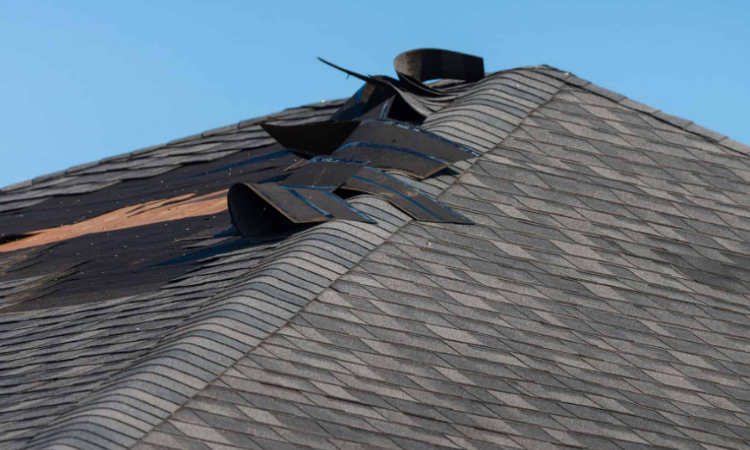
10 Signs That You Need A Replacement Roof
Leakage
Roof leaks are one of the most visible symptoms that your roof is failing. Go up to your attic on a regular basis, ideally shortly after a rainstorm, to check for roof leaks. Look for indicators of water incursion, since significant leaks in your house are most likely to start here.
It is also critical to inspect the exterior of your roof for ice jams. Ice dams occur when your roof’s snow melts, streams down to the eaves, and then freezes again. As water continues to stream down the roof and collide with the ice dam, it may begin to flow beneath your shingles and even inside your house.
If the leaks are limited to a specific region of your roof, you may not require a total roof replacement, but you should still contact a professional to evaluate it. Putting off roof repairs may cause the condition to worsen, necessitating more complex and expensive repairs. Keep in mind that skilled roofers often provide low-cost roof inspections.
The shingles are starting to curl.
Shingles may curl in two ways: cupping, which occurs when the shingles’ edges bend upward and clawing, which occurs when the margins remain flat and the centre begins to rise. Both are symptoms of deterioration and signal that issues, including leaks, are on the way.
How much time you have left: Depending on the amount of curling, you might be looking at anywhere from a year to five years before you need to replace your roof.
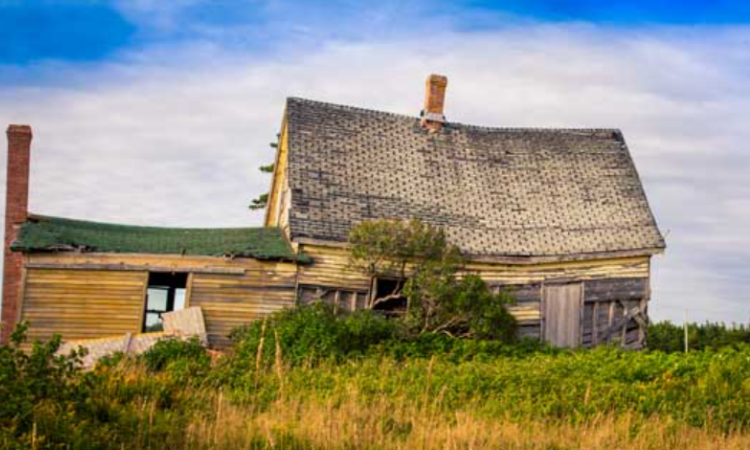
Sagging Roof
A drooping ceiling may not seem to be a big deal at first, but it might suggest that a leak in the roof is creating moisture in the ceiling and has gone unnoticed. When a drooping ceiling is touched with a hand or a broomstick, if it feels soft or has the consistency of wet cardboard, it is most likely the result of excess moisture from a leak. A drooping ceiling should not be neglected until the leak is visible, and it should be addressed by a professional as soon as possible.
Age of the roof
An average roof will endure between 20 and 25 years, according to most experts. It also depends on whether the previous roof was removed and there is just one layer of shingles, as well as if it is well ventilated. If the roof was built over another layer or layers and is more than 20 years old, you probably need a new roof.
Growth Of Mould And Moss
Moss and mould are other items to look out for. If mould and moss have formed on the exterior of your roof, the tiles may push apart, producing a breach that allows water to enter.
Examine your roof for decaying, moss, or mildew-like tiles. Deal with this as quickly as possible; otherwise, bacteria and fungus may develop and cause water damage to your roof. If you discover a lot of severe mouldy places, a roof replacement may be necessary.
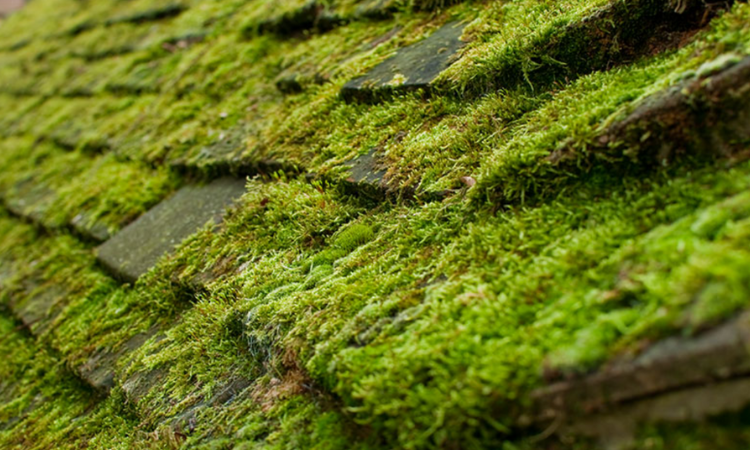
Light Can Be Seen
Examine the roof boards in your attic. You obviously have an issue if you can see sunshine shining through. A typical household spends almost one-third of its yearly heating and cooling expenditures on air that escapes into or out of the home via unintentional gaps and crevices. To save money and avoid roof leaks, you should employ a roofing service to do significant roofing repair and maintenance.
Substandard Energy Efficiency
Have your heating expenditures been steadily rising each winter? If this is the case, it might be due to a poorly insulated roof. Roofing like Colorbond can offer better insulation during the hot and cold seasons. Although most homeowners concentrate on insulating their doors and windows to reduce their energy expenditures, the roof is often the cause.
A poorly insulated roof enables air to enter and exit more freely, resulting in expensive energy expenditures, particularly during the coldest months.
Granules In The Gutter
If you have a new asphalt shingle roof and see a lot of granules in the gutters, don’t worry: they are simply loose, excess ones. However, if it’s been 10 or 15 years, it’s a symptom of a larger issue. Granules help keep the light off the asphalt. Once the granules come off and the shingles begin to bake, the quality will quickly decrease.
If you don’t have a new roof and you’ve just seen granules in the gutter, the shingles are about halfway through their lifetime.
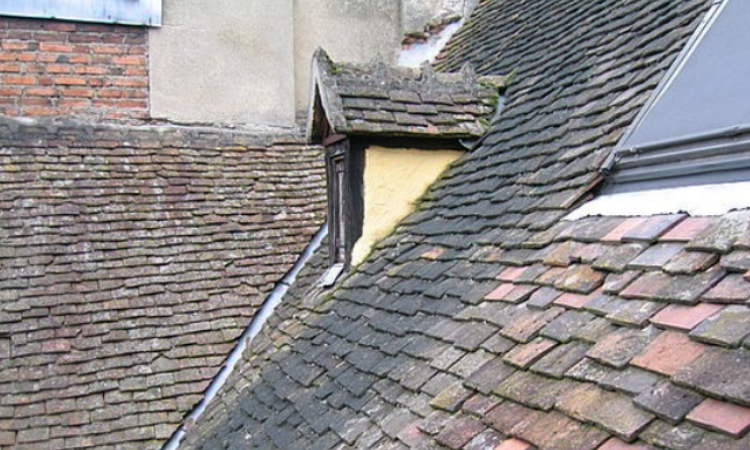
Dark streaks.
Stains and black streaks on the ceiling suggest that moisture is getting into your home via a leak. Moisture from the roof may also penetrate the walls, leaving streaks from top to bottom. Although there may be no evident leaks, brown stains indicate that water is coming through the roof and should be checked for leaks.
Rotting Underlay
Roofs depend on the underlayment and tiles to keep water out. If there is just a single rip in the underlay, you may be able to repair it, but since there is already a rip elsewhere from the roof, it may be a place where water may leak through.
You may not detect a roofing issue if you glance at the exterior of your roof. A little leak in the roof might go unnoticed, which makes it more dangerous. These leaks tend to develop in size, and you won’t discover them until water has soaked through the underlay. If the underlay is already damaged and decaying, it will need to be replaced. Rotted underlay might damage your roof’s base and cause it to collapse. Because it is difficult to repair a roof’s underlayment alone, a new roof will be necessary for this instance.
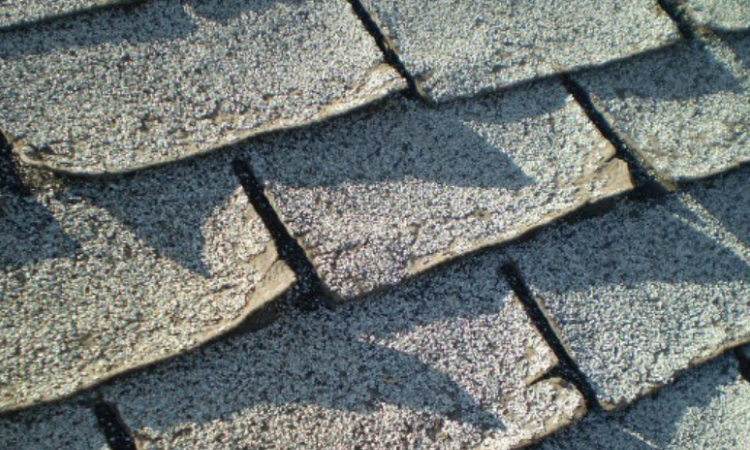
Conclusion
Don’t think that just because you have a few broken shingles or a little leak that you need a new roof. If your roof was correctly erected and is less than 15 or 20 years old, it may be able to be repaired rather than replaced. When in doubt, get expert advice from a qualified roofing contractor.
